Are you tired of feeling trapped by your finances? Do you dream of achieving true financial freedom? Although my husband Daniel and I had openly discussed our finances before saying “I do,” we were not prepared for what the reality of it was. Despite being faced with debt from my student loans, we hastily purchased a home a few months after getting married. Initially, we were living on one income which was challenging since we were juggling paying off my student loans in addition to our monthly mortgage and expenses. That’s when we discovered the book “The Total Money Makeover.” We were skeptical at first but decided to give it a try. We followed Dave Ramsey’s 7 baby steps and it transformed our life.
Is it worth it to follow Dave Ramsey’s 7 baby steps?
Whether you’re single and living on your own, married, or just trying to figure out some good ways to get your finances on track, learning to take control of your finances will help you immensely.
As a mental health provider, financial stress and debt are one of the biggest stressors my clients face.
Guess what?
You can actually learn to stop living paycheck to paycheck and get control of your financial future.

It’s not easy and it’s going to require work but you can achieve true freedom with Dave Ramsey’s 7 Baby Steps.
In this blog, we will explore each step in detail and show how they work together to reshape your financial life and bring you closer to your goals.
What are Dave Ramsey’s 7 baby steps?
For a quick glance, here are the 7 steps:
- Step 1: Save $1,000 for Your Starter Emergency Fund
- Step 2: Pay Off All Debt (Except the Mortgage)
- Step 3: Save 3-6 Months of Expenses in a Fully Funded Emergency Fund
- Step 4: Invest 15% of Your Household Income in Retirement
- Step 5: Save for Your Children’s College Fund
- Step 6: Pay Off Your Home Early
- Step 7: Build Wealth and Give Generously
How we started Dave Ramsey’s baby steps
The first step that my husband and I did was to create a budget.
This may sound simple, but it was a game-changer for us.
We had never really tracked our spending before and had no idea where our money was going.
By creating a budget, we were able to see where we were overspending and make adjustments. It was eye-opening and empowering.
If you’re Excel savvy, you can create an Excel sheet and keep track of it that way.
Dave Ramsey recommends the EveryDollar app which is easy and free to use.
We love using this app.
The paid version which is $10 is worth every penny since we end up saving hundreds of dollars a year!
Step 1: Save $1,000 for Your Starter Emergency Fund
Daniel and I both had some savings before we got married.
However, we put a majority of the money towards the down payment on our house.
If you have no savings, this first baby step is critical because life happens. Cars break down, and medical emergencies arise when we least expect them.

Having a dedicated fund in place provides a safety net.
It serves as a buffer against unexpected expenses without resorting to credit cards or going into further debt. It’s like having your own personal insurance policy, providing peace of mind and security.
Saving $1,000 may seem like a daunting task, especially if you are living paycheck to paycheck.
However, it’s essential to prioritize this step in order to break the cycle of debt.
Consider ways to cut unnecessary expenses and redirect that money toward your emergency fund. It may require temporarily tightening your belt, but the long-term benefits far outweigh the short-term sacrifices.
Once you have saved your starter emergency fund, it’s crucial to keep it separate from your everyday spending.
Consider opening a separate savings account or setting up a designated envelope to prevent the temptation of dipping into it for non-emergency expenses.
This fund should only be used for true emergencies, such as car repairs, medical bills, or unexpected home repairs.
Remember, the purpose of this initial step is to ensure you have a financial safety net in place. It may not cover all emergencies, but it’s a solid first step toward achieving financial stability.
As you progress through the following steps, your emergency fund will grow to provide even greater protection.
Step 2: Pay Off All Debt (Except the Mortgage)
Now that you understand the importance of saving $1,000 for your starter emergency fund, it’s time to dive into the next step: paying off all debt (except the mortgage).
By eliminating debt and freeing up more of your income, you’ll gain momentum on your journey toward financial freedom.
Fortunately, Daniel and I did not have any credit card debt.
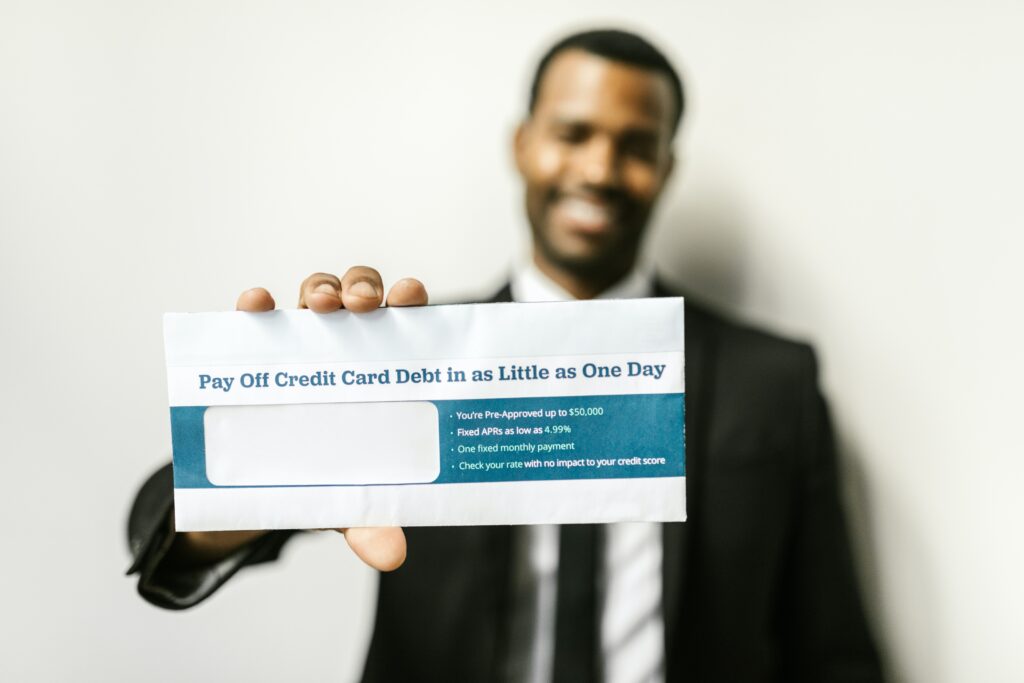
We did however have my hefty student loan to pay off and I felt guilty that Daniel had to help me pay it off.
Perhaps you have student loans, a car loan, credit card loans, or even a personal loan from a friend.
Debt is a heavy burden and sometimes feels like a cloud hanging over your head at all times.
What we learned from the book is the importance of eliminating debt as a crucial step toward achieving financial freedom.
It’s important to note that this step focuses on all debt except for your mortgage.
If you don’t have a mortgage then great, you can instead invest that money for your retirement!
Investing your time, energy, and resources into paying off your debts as fast as possible frees up more of your income towards building wealth and securing your financial future.
How to pay off your debts quickly
It’s important to approach this step with determination and discipline.
Start by making a list of all your debts and organize them from smallest to largest. Ramsey suggests using the debt snowball method, where you focus on paying off the smallest debt first while making the minimum payments on the other debts.
Once the smallest debt is paid off, take the money you were putting towards it and apply it to the next smallest debt.
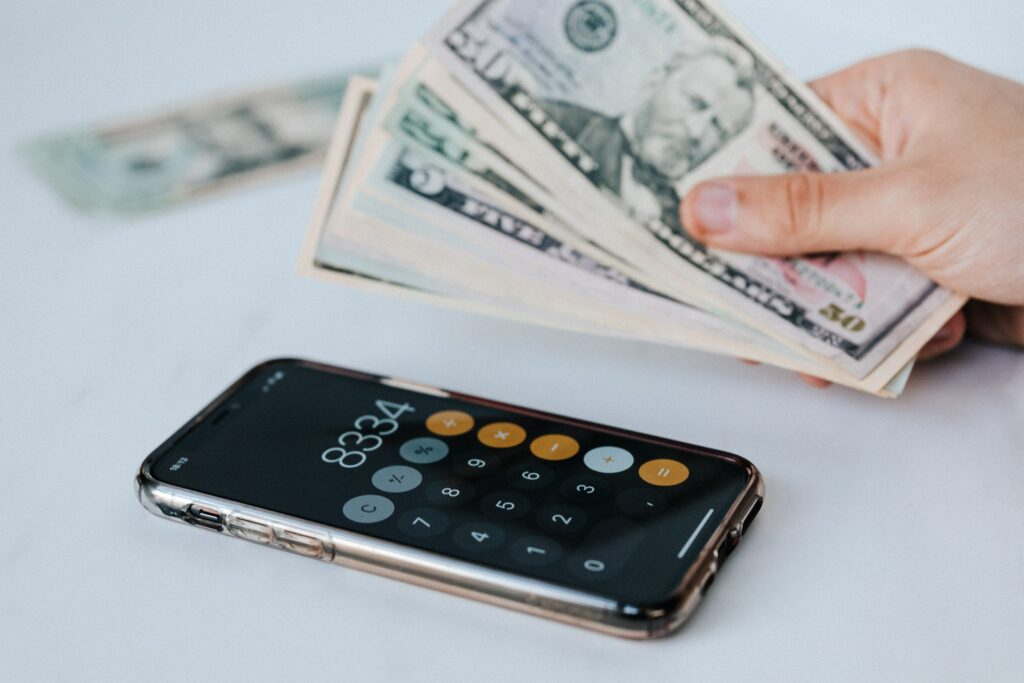
This method not only helps you gain momentum but also provides a psychological boost as you see your debts being eliminated one by one.
Remember, the purpose of this step is to free up more of your income and gain control over your financial life.
It may be challenging at times, but the sacrifices you make now will be worth it in the long run.
Step 3: Save 3-6 Months of Expenses in a Fully Funded Emergency Fund
Paying off my student loan was remarkable. I was happy that I was no longer required to send a monthly payment or worry about how I was going to pay off this enormous amount of money.
Not everyone is going to be able to pay off their student loans in a short period of time especially if you have a large amount due.
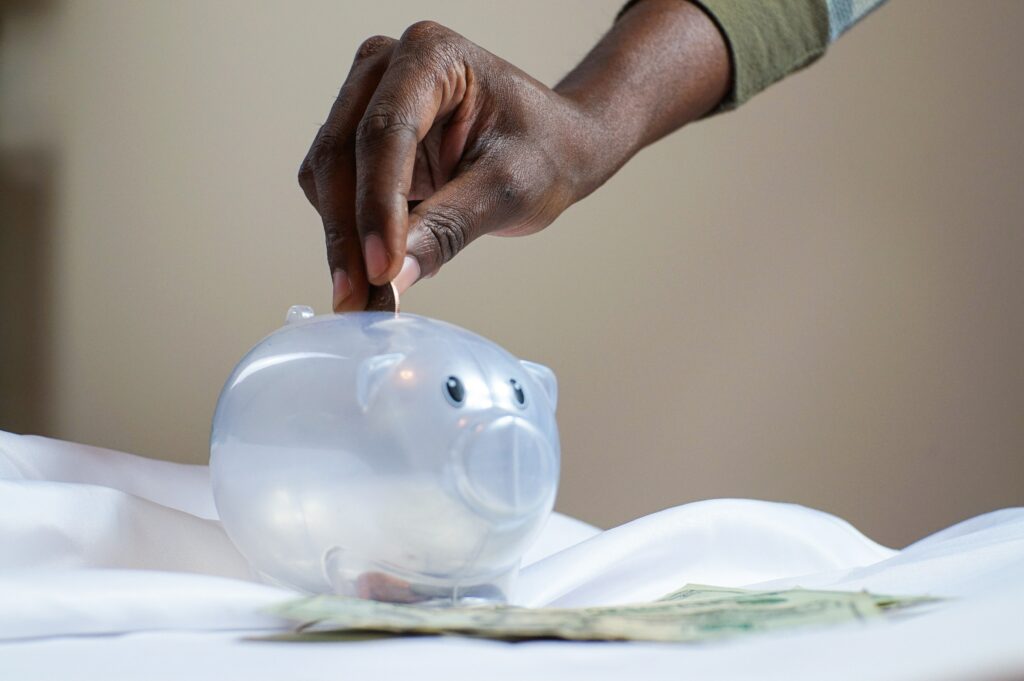
What I do suggest is that you stop hoping and praying that your loans will magically go away or that the government will forgive them because of some legislation.
The truth is that the loans won’t go away unless you pay them off.
Come up with a plan, start budgeting, and pay off more than the minimum payment.
If you are part of the Public Service Loan Forgiveness Program, make sure you follow the guidelines very carefully!!
My loans were not forgiven…
I was in year 7 of the Public Service Loan Forgiveness Program when my employer filled out the form incorrectly indicating that I work part-time although I work full-time according to the federal guidelines. Once the form was reviewed I no longer qualified! It was rather infuriating for me!

Two of my friends have successfully gotten their loans forgiven through the Public Service Loan Forgiveness Program, however, they are both physicians with over $300,000+ in loans.
Use a calculator and calculate whether it’s worth it for you to do the program for 10 years or if you will actually end up paying more back because of interest.
Why it’s important to have a fully funded emergency fund
Remember what happened in early 2020 when COVID-19 hit and there was a temporary pause on everything?
Yeah, none of us expected to lose our jobs, to be put on furlough, or unpaid leaves.
Numerous families I work with had both parents out of work and were unable to buy food for their children because they had no savings and the unemployment office was backed up with applications.
Building your emergency fund
None of us know when the next emergency will strike so building an emergency fund is crucial because life is full of surprises, and having a safety net will allow you to weather any storm that comes your way.
Remember, the purpose of this step is to free up more of your income and gain control over your financial life. It may be challenging at times, but the sacrifices you make now will be worth it in the long run.
Stay committed and focused on your goal of achieving financial freedom.
To start, you’ll want to determine your monthly expenses.
Look at your budget and calculate how much you spend on essential items like housing, utilities, groceries, transportation, and insurance.
Once you have that number, multiply it by the number of months you want to save for – ideally between 3 to 6 months.
To reach this goal, you’ll need to be intentional with your savings.

Cut back on non-essential expenses and redirect that money towards your emergency fund.
For example, if you don’t use your gym membership then cancel it. If you have numerous streaming services and only use one of them, then cancel the others.
Additionally, it’s important to keep your emergency fund separate from your regular checking account. Open a separate savings account, preferably one that offers a competitive interest rate, and designate it specifically for your emergency fund.
There are some fantastic online high-yield savings accounts where you get 4% or higher interest.
This separation ensures that you won’t be tempted to dip into the fund for non-essential expenses.
As you progress through Step 3, celebrate your milestones along the way.
For example, when you reach 25% or 50% of your goal, treat yourself to a small reward. This will help you stay motivated and keep your focus on completing the step.
By diligently saving 3-6 months of expenses in a fully funded emergency fund, you are taking a significant step towards achieving financial freedom. This fund will serve as a safety net and provide you with the confidence to face any unexpected financial challenges that may arise.
Step 4: Invest 15% of Your Household Income in Retirement
If you want to retire early, you will need to be a lot more aggressive about saving for retirement. There’s a whole movement called FIRE (Financially Independent Retire Early) and you can learn more about it by reading Mr. Money Mustache’s blog.
You can also read “The Simple Path to Wealth: Your road map to financial independence and a rich, free life” which has valuable information on retirement and investing your money.
If you’re more traditional, follow Dave Ramsey’s 7 baby steps and start investing 15% of your household income for retirement.
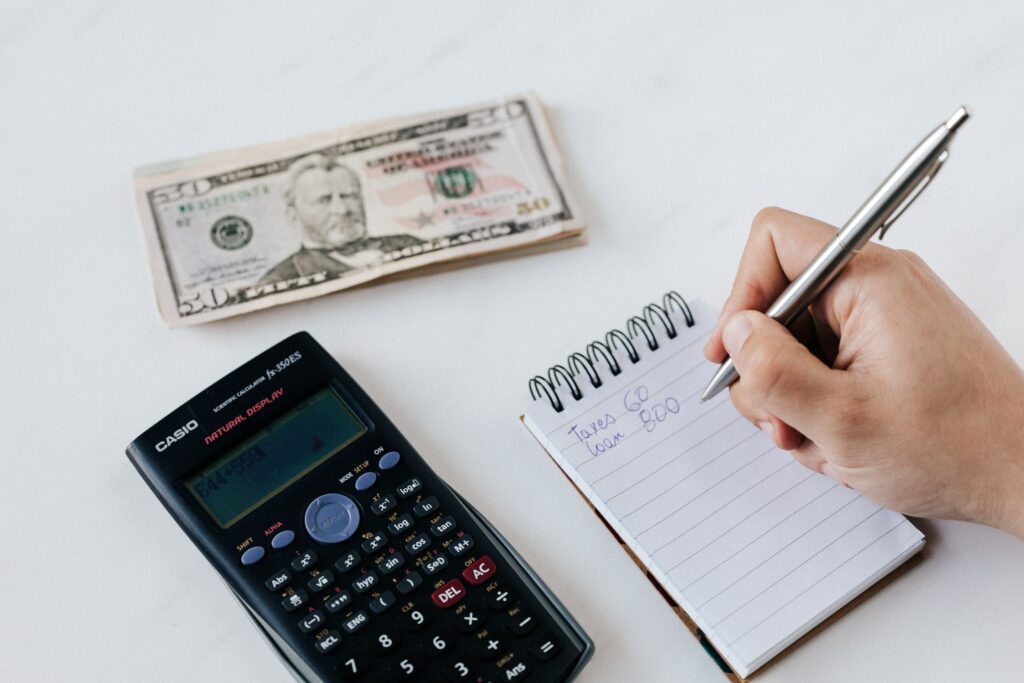
One of the key reasons to allocate a significant portion of your income to saving for retirement is the power of compound interest.
Over time, your investments can grow exponentially, and the earlier you start, the more time your money has to compound. This means that even small contributions made consistently can result in substantial savings over the long run.
As you focus on investing 15% of your household income for retirement, keep in mind that each person’s situation is unique.

Take control. Feel better.
Start your Self-care Journey.
Take control.
Feel better.
Start your
Self-care Journey.
I’m not an expert on investing money but there are a lot of other bloggers who are! I wish I had started investing my money in my 20s since compound interest does wonders for us!
Don’t wait until you’re in your late 30s or 40s to start saving and investing for retirement.
Consider seeking advice from a financial advisor who can help tailor a retirement plan that aligns with your individual goals and circumstances.
Step 5: Save for Your Children’s College Fund
If you don’t have children (like us), then you can skip this step and go right to step #6.
If you do have children, it’s important to start saving for their college fund early so you can take advantage of compounding interest and give your savings a chance to grow.
Even small contributions made consistently over time can make a significant difference in covering the costs of higher education.
One of the most popular ways to save for college is through a 529 plan.

These investment accounts offer tax advantages and allow your money to grow tax-free for qualified education expenses.
Remember, the key is to start early and be consistent with your savings. Set a realistic goal based on the projected cost of college education and break it down into manageable monthly contributions.
By taking proactive steps to save for your children’s future, you can help ensure they have the financial resources they need to pursue their dreams.
Step 6: Pay Off Your Home Early
Paying off your home early may seem like a daunting task.
Guess what? With careful planning and consistent effort, it is possible to achieve.
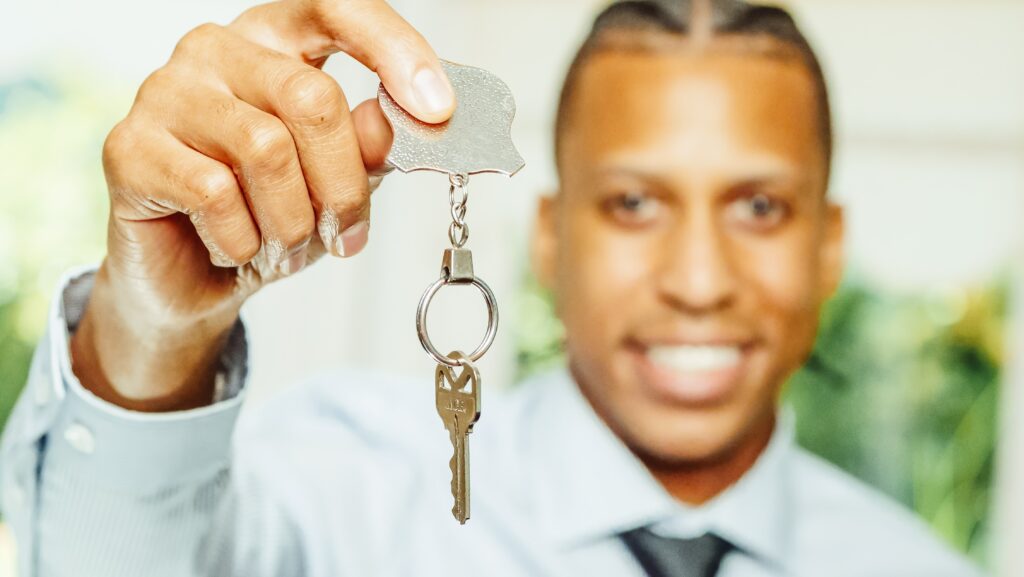
By reducing or eliminating your mortgage debt, you’ll have more financial freedom and resources to put toward other goals.
“When the bank doesn’t own your house and you step onto your lawn, the grass feels different under your feet. That’s freedom. And paying off your mortgage early, lets you supercharge your retirement savings.”
Dave Ramsey Solutions
Learn more about how to pay off your mortgage early and own your home outright.
Step 7: Build Wealth and Give Generously
What I love most about Dave Ramsey’s 7 baby steps is his last step since building wealth is not just about personal gain.
It’s also about using your resources to make a positive impact on the world around you.
Daniel and I talk a lot about how we want to support our community once we achieve step #7.
We want to begin sharing our wealth and create lasting change.
One of our goals is to support charitable organizations like the Santa Barbara Scholarship Foundation.

We would also like to contribute to causes we’re passionate about.
Remember that by strategically investing and increasing your income, you can create a solid financial foundation for yourself.
You’ll have the means to support the causes and charities that are important to you.
Building wealth and giving generously go hand in hand.
Empowering you to not only achieve financial freedom but also leave a meaningful legacy.
So, as you embark on this final step, remember to approach it with intention.
Always keep in mind the impact you can have on yourself and others.
Wrap-up
I can honestly say that embarking on this journey with my husband Daniel early in our marriage was the best decision we made as a couple.
By working together to follow the baby steps, we gained financial health, freedom, and a strong partnership in achieving our goals.
I wish I could tell you that it’s easy but this journey requires discipline, determination, and sacrifice.
However, the rewards are immeasurable.
Imagine a life free from financial stress …

… where you have the freedom to pursue your passions, provide for your loved ones, and make a difference in the world.
I feel liberated that we are debt free and are saving strategically so we can retire early.
We want to make a positive impact by giving generously and donating our time.
In the end, achieving financial freedom is not just about money.
It’s about taking control of your life and creating the future you deserve.
So, what are you waiting for? Start your journey to financial freedom today and begin living the life you’ve always dreamed of.
Have you tried Dave Ramsey’s 7 baby steps? If yes, what tips do you have for others who are new on the journey? If not, how do you budget, and what has helped you gain control of your finances? Share your stories and comments below.




16 Responses
I love how through and honest you were about your Dave Ramsey journey! Thanks for sharing.
Hey Komal I appreciate the positive feedback. Yes it was NOT easy at first to buy into Dave Ramsey’s plan esp., having to track every dollar. I felt a little anxious to say the least but after trying it for a few months I realized how valuable it was and my relationship with my husband improved since we did not have the stress of finances.
You have inspired me to buy Dave Ramsey’s book. You have given great advice in your post. Thanks for sharing!
Thank you so much Maryanne! The book is fantastic and has made a significant difference in our life.
This awesome! Dave Ramsey is a great teacher.
You’re right he is a great teacher!
very informative article! was able to learn things i havent leaned before. keep it up!
Thanks Rex!
These are great suggestions – we love Dave Ramsey. My teen boys have listened to him on several occasions and are in the process of following these steps as well.
That’s wonderful to hear that you’ve engaged your teens in the baby steps!
Good info. I followed some when I was younger. Just wish my own kids would do the same now.
I completely agree with you Jan! Gen Z would benefit from learning about and engaging with their finances in a more intentional manner.
great ideas! Being great at finances is hard
Thanks Michelle!
Some really good tips here. I personally found paying of debt the best advice.
Hey Melanie thanks for the feedback. Paying off your debt provides a great deal of relief and peace of mind.